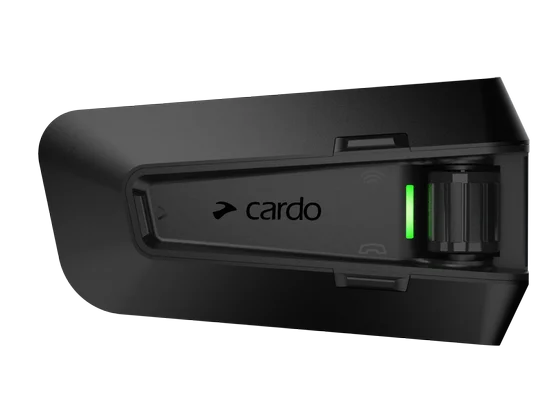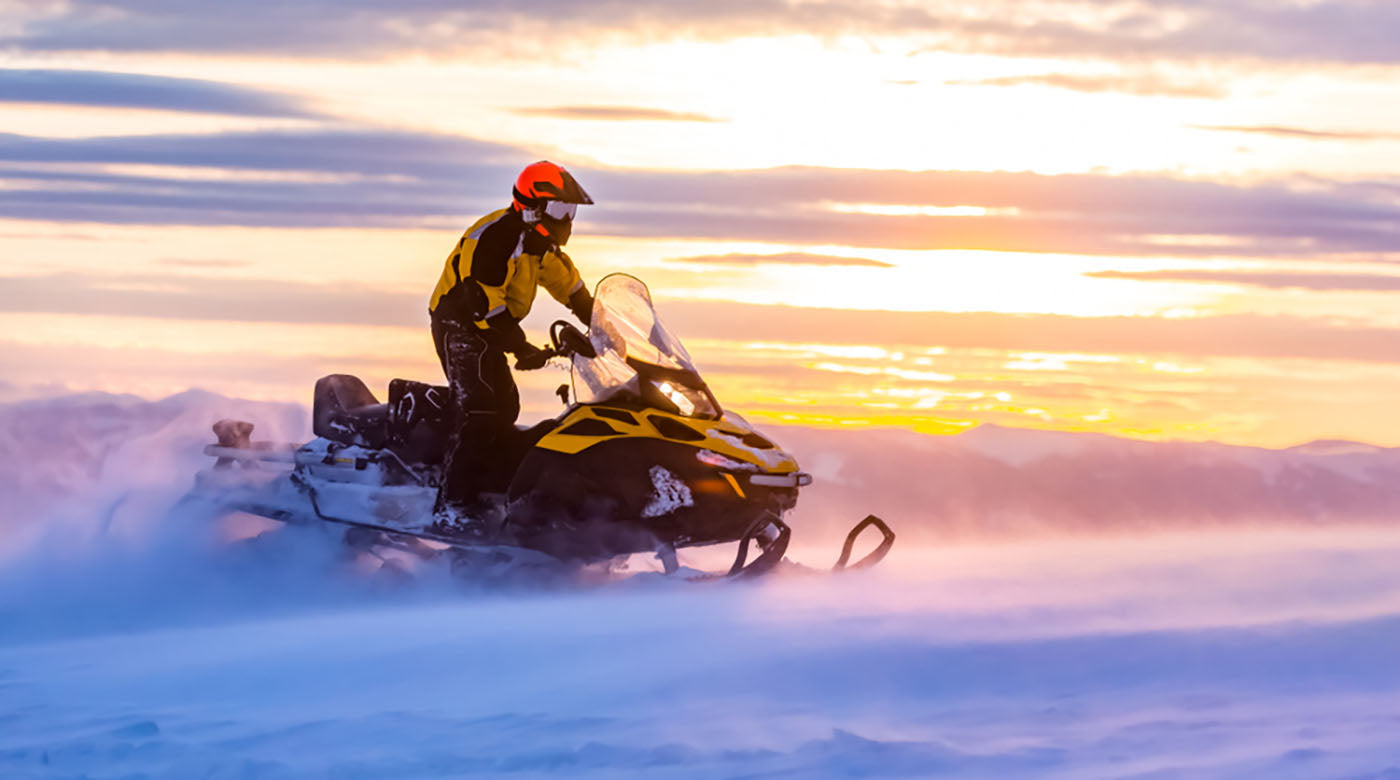Every piste ski slope is rated by experience and difficulty. You can try runs designed for beginner, intermediate and advanced skiers at any significant park, but what do these rankings mean, and how do you know which one is right for you? Getting on the wrong lift could expose you to jumps, obstacles and steep slopes beyond your means, which increases your risk of injury.
Learn how to interpret ski slope ratings to stay within your experience level.
What Are Ski Slope Ratings?
Ski slopes designate how much experience you’ll need to complete the run. They may also indicate what kinds of terrain the trail includes. The slope angle is measured in percentage instead of degrees up to a 90-degree right angle, with 50 percent representing 45 degrees.
In the U.S., most trails are rated beginner, intermediate or expert (advanced).
Beginner trails are marked with a green circle and have gradients between six percent and 25 percent. They have compact snow, groomed runs and wide lanes to help you practice the basics. The reduced gradient keeps you in control of your speed, giving you plenty of time to turn.
Intermediate trails have a blue square and a 25 percent and 40 percent gradient. The path is steeper to increase your speed with more turns. Some have jumps or ramps for getting air. The snow is less groomed and may be deep or slick in some areas.
Advanced trails have a black diamond, with 40 percent and up gradients. They feature challenging terrain, chutes, gullies, bumps and ungroomed areas with fresh powder. The run will be narrow, so keep a safe distance from the next closest rider.

Source: Adam Melnyk/Shutterstock.com
Expert-only trails or double black diamond slopes are best left to professionals. You’ll encounter the trickiest turns, rough terrain and steep drops that can send you in the wrong direction. Fewer riders means more powder.
Backcountry or off-piste trails are marked with red dashes or a similar shape. They are entirely ungroomed, contain more obstacles and wildlife, steep slopes and have no markers. Use navigation to find your way back to the resort or park entrance.
You’ll find a healthy mix of ratings at most parks. Most devote 25 percent to beginners, 50 percent to intermediates and 25 percent to experts.
Every park ranks its trails, so expect these gradients to vary from location to location. Trails that fall between these categories will have a combined symbol. For example, a beginner-intermediate trail would have a green circle over a blue square.
Expert trails have more challenging lifts that drop you on the slope. Get ready to hit the ground skiing and read the markings on the lift to avoid landing on the wrong trailhead. Learn about the different types of skiing and the skills they require.
Skiing outside of the U.S.? European resorts mark beginner trails with a blue circle, intermediate with a red circle and expert with a black circle. Japan uses a green circle for beginners, a red circle for intermediates and a black circle for experts.
Use Ski Helmet Communication to Stay Safe on Any SlopeTips for Choosing a Ski Slope Rating
Now that you understand the basics of ski slope ratings, here are some tips to keep in mind when choosing what run to go down.
Ask a Park Instructor
No one knows the ratings better than the people who run them for a living. Talk to an instructor, park attendant or rental clerk to learn about each run.
Pair Up
Hit the trail with another skier, ideally someone with more experience who can talk you through your descent. They can share tips, point out obstacles and changes in the terrain and give feedback on your stance.
Use ski helmet communication to connect wirelessly to your companion or group. It pairs with your helmet and uses dynamic mesh communication to create a direct link between each unit, so you won’t get disconnected if someone falls out of position. The device connects automatically using Bluetooth to your phone and Mesh to other devices in your group to keep you focused on the run. Pairing with a snowboarder? Use snowboard helmet communication to connect everyone in your group.
Err on the Side of Caution
When in doubt, choose the less challenging trail. If you quickly master it, you can always try the next most challenging slope tomorrow.

Source: WR studio/Shutterstock.com
Ski slope ratings help you find runs that meet your needs and experience level. They are vital to understanding any park and staying safe in new areas. Use these guidelines to have fun on your next vacation so you can confidently handle everything headed your way.





